THERE’S an old saying that “when in Rome, do as the Romans do”. And when meandering along the River Po through Italy’s magnificent Bassa Padana region, I’ve discovered it’s best to make like a Venetian. Which is why – despite growing competition from newer, bigger and glitzier river boats – I’ve taken rather a shine to a small converted sand barge called La Bella Vita.
Owned and run by a local family, this little boat has room for just 20 passengers and, with its dark, jewel-coloured walls and old-fashioned artwork, lacks the glamour of more “international” vessels. You won’t find floor-to-ceiling windows, state-of-the-art cabins or Hollywood-style lounges here, and if ultra-luxury is your thing, you might be disappointed by its homely decor.
Yet if you’re a “real” traveller looking for an authentic Italian experience, La Bella Vita, which spends every summer sailing the backwaters between Venice and Mantua, cannot be bettered. Not least because, being small, it’s able to reach the parts of the Po larger vessels can’t. Italy’s longest river, the Po spans more than 400 miles, cutting like a sassy garter across the country’s “thigh”, from the Alps in the west to Venice and the Adriatic in the east.
Rich in history and legend, it’s said to have been on the route taken by Jason and the Argonauts, and its banks even gave Italy its name – a derivation of Vitelieu (“Land of Calves”), which is what early settlers called the green river banks where they found rich grazing for their cattle.
The Po still gives much to the Italians, more than 16 million of whom inhabit Bassa Padana. Sadly, its bounty has been exploited, its banks plundered for timber and its bed for sand and gravel, to the extent that the destabilised river now regularly floods in the winter months.
On our summer cruise from Mantua to Venice, though, we found the Po in a much gentler mood and – armed with binoculars – spent much time on the top deck, watching the sparkling waters play around pale beaches, sun-dappled islands and the vast salt marshes of the Po Delta, which are rich in flamingo, heron, tern, black-necked grebe and other spectacular bird life.
On trips ashore, we discovered that over the centuries the locals have given back to the river as much as they’ve taken, in the shape of verdant vineyards, pear, peach and apple orchards, elegant country houses and a succession of glorious towns and cities – Venice, Cremona, Piacenza, Ferrara and Mantua – which chart the country’s history and the course of the Italian Renaissance.
Cremona Cathedral, for example, is famous for its Renaissance arcade and octagonal baptistry, while Piacenza’s Piazza Cavalli is home to a magnificent Gothic palace.
Better still, for a foodie like me, Bassa Padana is as famous for its cuisine as it is for its architecture. Balsamic vinegar, Parmigiano-Reggiano cheese and Parma ham all come from here and local shops are crammed with goodies such as Langhirano ham, Mantovan garlic salami and pastel-tinted pasta.
However to my joy, the best grub was on La Bella Vita. Chef Andrea proved a dab hand at his native cuisine, dishing up a parade of regional delights: borlotti bean stew, baccalà mantecato (salted Atlantic codfish) and sarde in saor (fried sardines served with raisins and pine nuts).
For pud, there were butter-soft almond cakes, lavish trifles and pungent local cheeses, all washed down with local wines.
We worked off the food and wine with cycle trips and walks ashore, enjoying guided tours of Mantua – an unspoilt “mini Florence” with its domed and turreted skyline and Ducal palace – and medieval Ferrera, which combines striking Renaissance architecture with offbeat shops and bars.
Our little boat took us to more off-track places too, like the pretty fishing village of San Pietro in Volta and Villa Ca’ Zen, a 17th-century mansion which lies at the heart of the Po Delta Nature Reserve and was the setting for the poet Byron’s scandalous affair with the beautiful – and married – Contessa Teresa Guiccioli.
Drinking in the romance of the place over a candlelit dinner, we agreed that the main advantage of a small boat cruise was that we were sufficiently few to enjoy such intimate treats. Another highlight was an evening of opera on board, while one of the most memorable shore-side experiences was our visit to Dominio di Bagnoli, a wine estate with splendid gardens, where life-size statues of characters from Italy’s commedia dell’arte peep out from an avenue of acacia trees. Talking of which…
Not many people know that the wisteria-like blossoms which dangle from acacias are delicious deep-fried in a light tempura batter. Add salt and herbs for unusual fritters, while a little spiced sugar transforms them into a dessert, best served hot with vanilla ice cream and honey.
I discovered this on a heavenly day when, on the top deck, we basked in the Italian sunshine, sipped Prosecco and tucked into the savoury version of acacia fritters as the boat nosed her way back to Venice from Chioggia, a seaside town which, with a rich history, a well-stocked fish market and its own network of bridged canals, gives its celebrated neighbour a run for its money.
Lunch included sensational fresh Adriatic cod and cuttlefish deep-fried in batter. Yet those acacia blossoms were the real showstopper.
And, if you’d like to try them, I know just the place to gather your acacias. while ye may…
THE KNOWLEDGE
European Waterways offers a six-night cruise aboard La Bella Vita in 2019 for £2,750pp based on double occupancy and includes all gourmet meals, fine wines, open bar, daily guided excursions, admissions and chauffeured transfers. Flights to Italy not.
Original article: https://www.express.co.uk/travel/activity/1052917/italy-travel-po-bella-vita












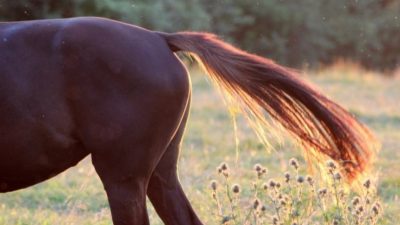


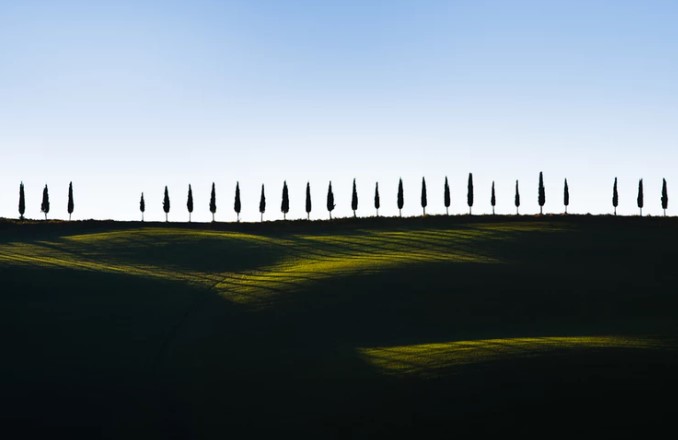







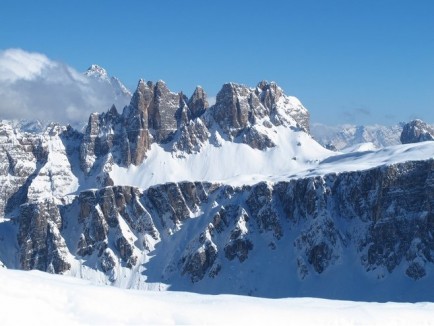
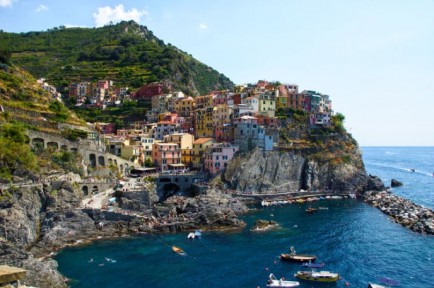
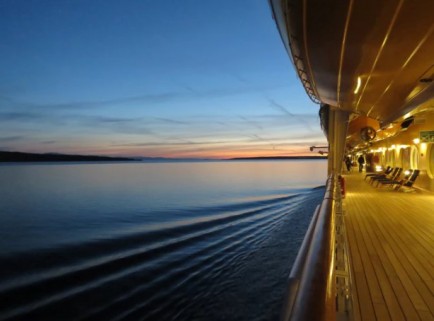
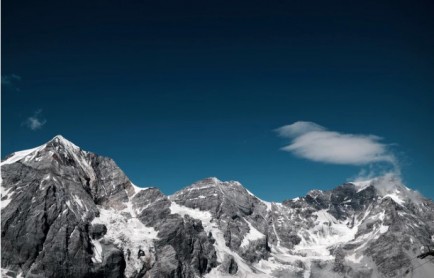

Comments